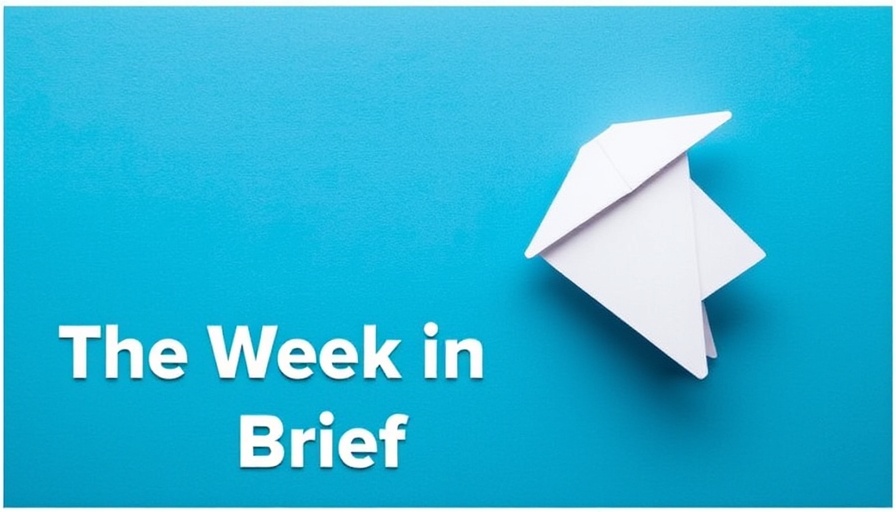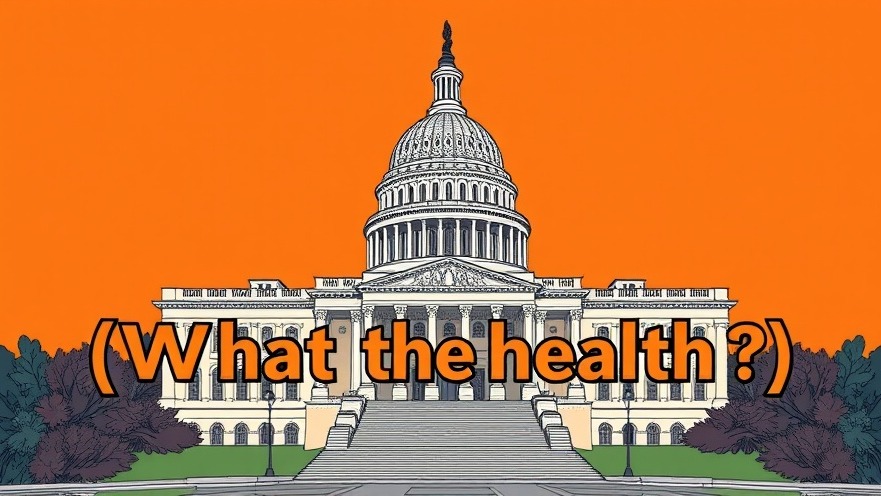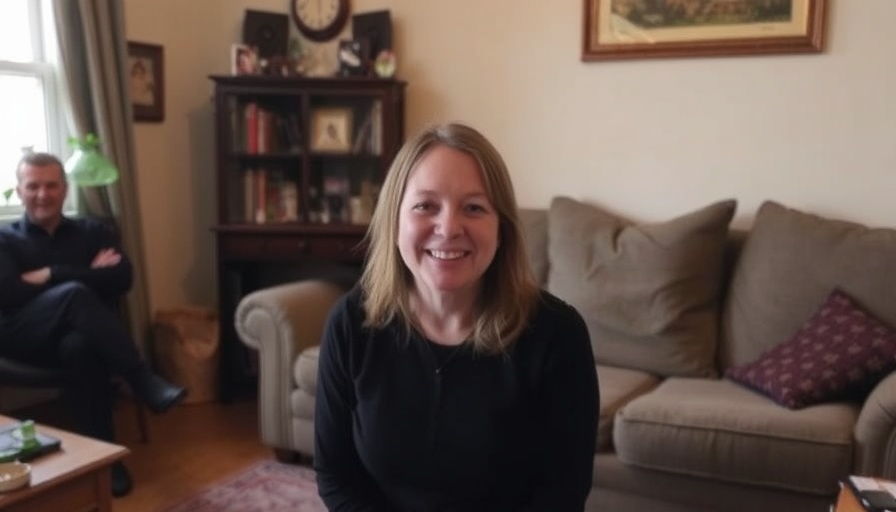
San Antonio News
US News

Sports

Health & Wellness

Lifestyle & Entertainment
San Antonio Business
San Antonio Living
San Antonio Living is your premier digital San Antonio magazine, dedicated to bringing you the latest and most engaging content about the vibrant Alamo City. As a go-to source for San Antonio news, health and wellness, business insights, entertainment, and lifestyle features, we strive to keep our readers informed and connected to the heartbeat of our dynamic community.
Comprehensive Local News Coverage
At San Antonio Living, we understand the importance of staying updated with local events and developments. Our dedicated team of journalists works tirelessly to provide timely and accurate San Antonio news, covering a wide range of topics from city council decisions to community initiatives. Whether it's breaking news or in-depth investigative reports, we ensure our readers are well-informed about the issues that matter most.
San Antonio's Digital Magazine
Embracing the digital age, San Antonio Living offers a user-friendly online platform that brings the essence of the city right to your fingertips. Our digital magazine format allows readers to explore a rich tapestry of articles, photo galleries, and interactive content that celebrate the unique culture and spirit of San Antonio. From exploring historic neighborhoods to discovering the latest culinary hotspots, our features capture the diverse experiences that make our city special.
Health and Wellness in San Antonio
Promoting a healthy lifestyle is at the core of our mission. Our San Antonio health and wellness section offers expert advice, fitness tips, and information on local health initiatives. We cover a variety of topics, including mental health resources, nutritional guidance, and profiles of local wellness centers. By highlighting community health events and workshops, we aim to empower our readers to take charge of their well-being.
San Antonio Business Insights
San Antonio Living is committed to supporting the local economy by providing comprehensive coverage of the business landscape. Our San Antonio business section features success stories of local entrepreneurs, analyses of market trends, and updates on economic developments. We also offer practical advice for small business owners and aspiring entrepreneurs, fostering a community of innovation and growth.
Entertainment and Cultural Events
San Antonio's rich cultural scene is a cornerstone of our content. Our entertainment section keeps you informed about upcoming events, festivals, and artistic performances. From live music and theater productions to art exhibitions and culinary festivals, San Antonio Living is your guide to the city's vibrant entertainment offerings. We provide detailed event calendars, exclusive interviews with artists, and reviews to help you make the most of your leisure time.
Celebrating San Antonio Lifestyle
Our San Antonio lifestyle coverage delves into the everyday experiences that define life in the Alamo City. We explore topics such as home and garden inspiration, fashion trends, and profiles of notable community members. Additionally, we highlight the diverse culinary scene, offering restaurant reviews, chef interviews, and recipes that showcase the flavors of San Antonio. Our lifestyle articles aim to inspire and enrich the lives of our readers by reflecting the city's unique charm and character.
Engage with San Antonio Living
We believe in fostering a strong connection with our readers. San Antonio Living encourages community engagement through interactive features, reader polls, and social media platforms. We invite you to share your stories, provide feedback, and participate in discussions that shape the content we deliver. By creating a collaborative environment, we aim to build a loyal readership that feels invested in the growth and success of our city.
Stay Connected
San Antonio Living is your premier digital San Antonio magazine, dedicated to bringing you the latest and most engaging content about the vibrant Alamo City. As a go-to source for San Antonio news, health and wellness, business insights, entertainment, and lifestyle features, we strive to keep our readers informed and connected to the heartbeat of our dynamic community.
Comprehensive Local News Coverage
At San Antonio Living, we understand the importance of staying updated with local events and developments. Our dedicated team of journalists works tirelessly to provide timely and accurate San Antonio news, covering a wide range of topics from city council decisions to community initiatives. Whether it's breaking news or in-depth investigative reports, we ensure our readers are well-informed about the issues that matter most.
San Antonio's Digital Magazine
Embracing the digital age, San Antonio Living offers a user-friendly online platform that brings the essence of the city right to your fingertips. Our digital magazine format allows readers to explore a rich tapestry of articles, photo galleries, and interactive content that celebrate the unique culture and spirit of San Antonio. From exploring historic neighborhoods to discovering the latest culinary hotspots, our features capture the diverse experiences that make our city special.
Health and Wellness in San Antonio
Promoting a healthy lifestyle is at the core of our mission. Our San Antonio health and wellness section offers expert advice, fitness tips, and information on local health initiatives. We cover a variety of topics, including mental health resources, nutritional guidance, and profiles of local wellness centers. By highlighting community health events and workshops, we aim to empower our readers to take charge of their well-being.
San Antonio Business Insights
San Antonio Living is committed to supporting the local economy by providing comprehensive coverage of the business landscape. Our San Antonio business section features success stories of local entrepreneurs, analyses of market trends, and updates on economic developments. We also offer practical advice for small business owners and aspiring entrepreneurs, fostering a community of innovation and growth.
Entertainment and Cultural Events
San Antonio's rich cultural scene is a cornerstone of our content. Our entertainment section keeps you informed about upcoming events, festivals, and artistic performances. From live music and theater productions to art exhibitions and culinary festivals, San Antonio Living is your guide to the city's vibrant entertainment offerings. We provide detailed event calendars, exclusive interviews with artists, and reviews to help you make the most of your leisure time.
Celebrating San Antonio Lifestyle
Our San Antonio lifestyle coverage delves into the everyday experiences that define life in the Alamo City. We explore topics such as home and garden inspiration, fashion trends, and profiles of notable community members. Additionally, we highlight the diverse culinary scene, offering restaurant reviews, chef interviews, and recipes that showcase the flavors of San Antonio. Our lifestyle articles aim to inspire and enrich the lives of our readers by reflecting the city's unique charm and character.
Engage with San Antonio Living
We believe in fostering a strong connection with our readers. San Antonio Living encourages community engagement through interactive features, reader polls, and social media platforms. We invite you to share your stories, provide feedback, and participate in discussions that shape the content we deliver. By creating a collaborative environment, we aim to build a loyal readership that feels invested in the growth and success of our city.
Stay Connected
To ensure you never miss out on the latest updates, subscribe to our newsletter and follow us on social media. San Antonio Living is committed to being your trusted source for all things related to San Antonio news, health and wellness, business, entertainment, and lifestyle. Join us as we celebrate the vibrant tapestry of life in the Alamo City, and let's explore all that our remarkable community has to offer together.
This website contains content that has been created using AI. Results created through the use of AI can be inaccurate, unreliable, and subject to hallucinations. San Antonio Living disclaims any and all liability arising from use of its AI tool or services. Results created through the use of AI are generally not protectable under intellectual property law, so Users assume all risk associated with potential liability and non-protectability arising from its use. For further details, see the Terms, available here.










































